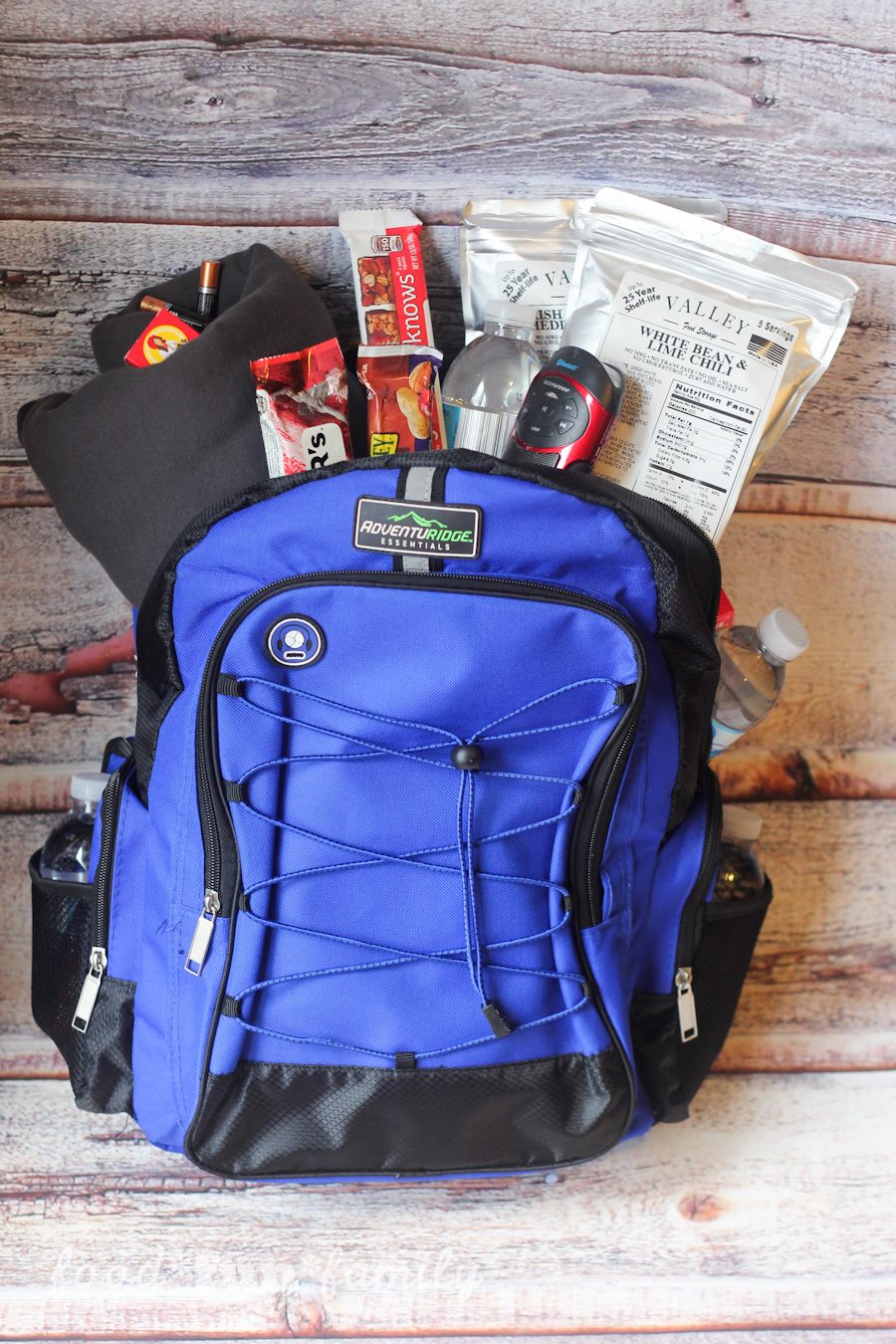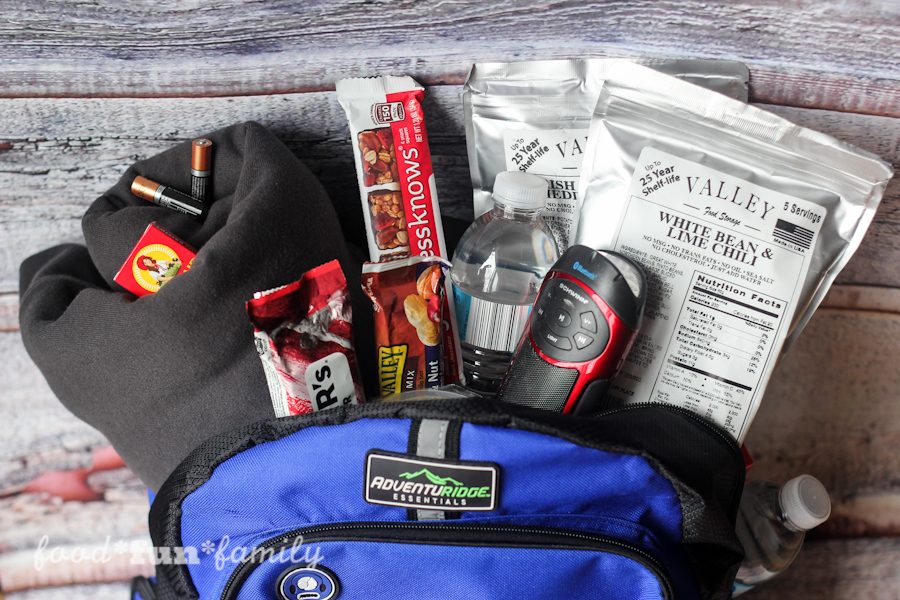This post is sponsored by ServiceMaster Restore, but all thoughts and ideas are my own.
367 Natural Disasters A Year – Which One Will Hit You?
If you like statistics, you’ll be interested to know that from 2005-2014 there were an average of 367 natural disasters reported each year (www.unisdr.org).
Depending on where you live, you have different possible emergencies to prepare for. On the East Coast we have Hurricanes, in the great plains and Mid-West we have tornadoes and on the West Coast we have earthquakes.
Then, in all areas we have the possibility of floods, droughts, wildfires or major seasonal storms.
Take your pick.
The Four Things You Need for Your Emergency Preparedness Kit
Although preparing for disasters or unexpected situations is important, it’s not the most exciting topic. Few people really want to sit down and memorize a list of things they need. So, here’s a straightforward and easy way to remember the things you must have.
Just remember the phrase “Warm Water Food and Friends”.
The four things you need for the disasters that occur in your area are: warmth, water, food and friends. If you take care of these basic needs, you’re off to a great start. (You can download a detailed checklist of possible items that you can customize here).
And now let’s see what that catchy phrase means.
Warm – the things you need to stay warm, stay cool or stay comfortable – that includes clothing, some form of shelter – rain/sun/cold/snow/wind, a way to make fire and any tools you need for getting things done (including a flashlight).
Water – clean water and a way to clean dirty water. No matter what the disaster is, you need to have fresh, clean drinking water. More importantly, if a disaster is not life threatening, but you don’t have water, your lack of water will become the disaster. Just because you can live up to 3 days without water doesn’t mean you want to.
Food – obviously what you have to eat. Get things that don’t require cooking or refrigeration. Foods with lots of calories, fat and sugar are best. They may slow down your internal plumbing, but they will provide you with lots of energy. Also in the food category is necessary medications.
Friends – who doesn’t want to drag a friend along during a natural disaster? Everybody wants friends, but in this case “friends” indicates how you plan to communicate. You should have a radio, phone or some means of communication so that you can hear about what is going on and hopefully communicate with others.
In the end, if you have warm water, food and friends, you’ll be alright and in a position to help others. Being prepared also provides tremendous peace of mind while the storms are on their way.
Of course, the more you add to your kit, the better prepared you’ll be. I love the in depth emergency preparedness kit checklist that Service Master has on their site.
Money Saving Tips for Assembling Your Home Disaster Kit
TIP: Use an old backpack or suitcase to store your emergency kit. You were just going to throw them out anyway.
TIP: Design your kit so that the items will not expire or need replacing (a can of tuna lasts for a long time, but a package of crackers is only good for 6-12 months).
TIP: Don’t throw away an old card game; put it in your disaster kit. Keeping mentally engaged or distracted during an emergency can make the difference between a brief inconvenience and a major traumatic experience.
TIP: Use some old clothes that you were planning to throw away (jeans that have holes in the knees, a sweater with a snag, etc) for your disaster kit. They are most likely comfortable. Old sheets or blankets are equally valuable as well.
TIP: Next time you eat at a fast food restaurant, grab a few extra ketchup, mustard and mayonnaise packets. They keep for a long time and can add some extra flavor to your food supply.
TIP: Look for some free swag the next time you are out. Companies give away T-shirts, water bottles, pens, notebooks and other items that you don’t need at home, but could be helpful in your disaster kits.
TIP: When you’ve eaten all the good stuff out of your Halloween, Easter, Christmas or other holiday candy, grab those things you don’t like as much and put them in your kit. Treats will be a welcome bonus, should you need your kit.
ServiceMaster Restore has so many helpful tips for preparing your home for the unexpected, and what to do when disaster strikes, like their checklist for home fire prevention. Being prepared doesn’t mean that disasters will never happen, but it does mean that you will face each day with more confidence and peace of mind.
Don’t forget to download our DIY Emergency Preparedness Checklist!
Connect with ServiceMaster Restore
© 2016, Food Fun Family. All rights reserved.




Thanks for the great tips! This is a timely reminder that I need to update our emergency packs.
I remember a few years ago we were going ot take a cross country road trip and my boyfriend made me buy one of those thin compact blankets and I thought he was crazy. We didn’t need it but we did get caught in a bad snowstorm that was unexpected in NOvember and barely made it to the hotel.